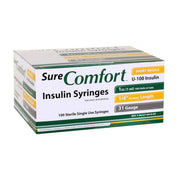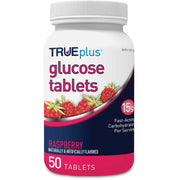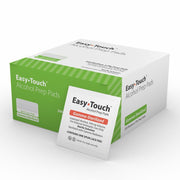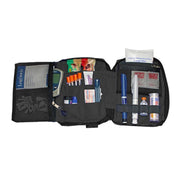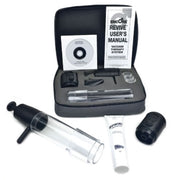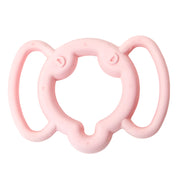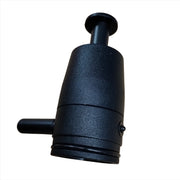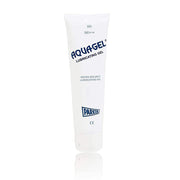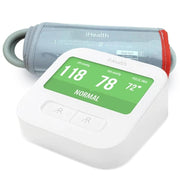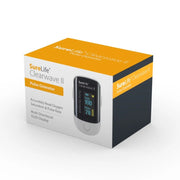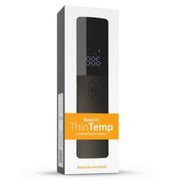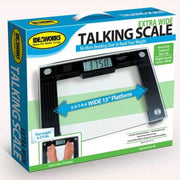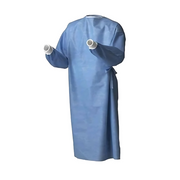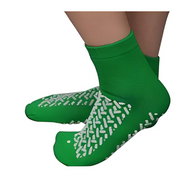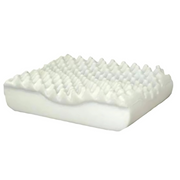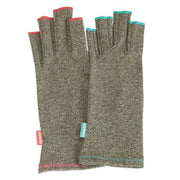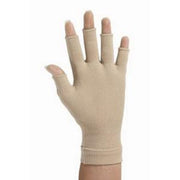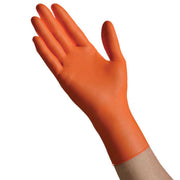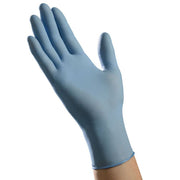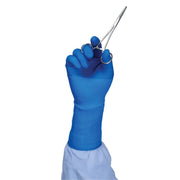PRODUCT DETAILS
Sterile
Lyofoam® meets all the criteria for the ideal wound dressing: maintains moist wound micro-environment, removes excess exudate, permits gaseous exchange, provides thermal insulation, avoids trauma at dressing changes, is impermeable to micro-organisms, and is free from particulate and toxic contaminants.
Used in the treatment of light to moderately exuding wounds such as leg ulcers, pressure sores, post-operative and traumatic wound sites.
Maintains moist wound micro-environment, removes excess exudate, avoids trauma at dressing changes, is impermeable to micro-organisms and is free from particulate and toxic contaminants.
Unit of Measure Contents Sold By
Box (BX) 10 Each 1 Total (1 Box)
Frequently Asked Questions (FAQs)
Q: What is foam dressing used for?
A: Foam dressings are used for moderate to heavily exuding wounds such as pressure ulcers, post-surgical wounds, diabetic ulcers, and traumatic wounds. They absorb fluid, protect the wound, and support healing.
Q: How often should foam dressings be changed?
A: Foam dressings are typically changed every 3 to 7 days or as needed depending on the amount of exudate. Always follow the wound care professional’s recommendations.
Q: How do foam dressings work?
A: Foam dressings absorb exudate while keeping the wound moist. They help prevent infection, reduce pain, and protect the wound from external contaminants.
Q: Can foam dressings be used on infected wounds?
A: Some foam dressings are formulated with antimicrobial agents suitable for infected wounds. Always consult with a healthcare provider before applying to an infected site.
Q: Are foam dressings suitable for dry wounds?
A: Foam dressings are typically not recommended for dry wounds because they are designed to absorb moisture. Hydrogel dressings may be more appropriate for dry or necrotic wounds.
Q: Do foam dressings stick to wounds?
A: Non-adherent foam dressings do not stick to wounds and are gentle during removal. Adhesive foam dressings stick around the wound, not directly on it.

